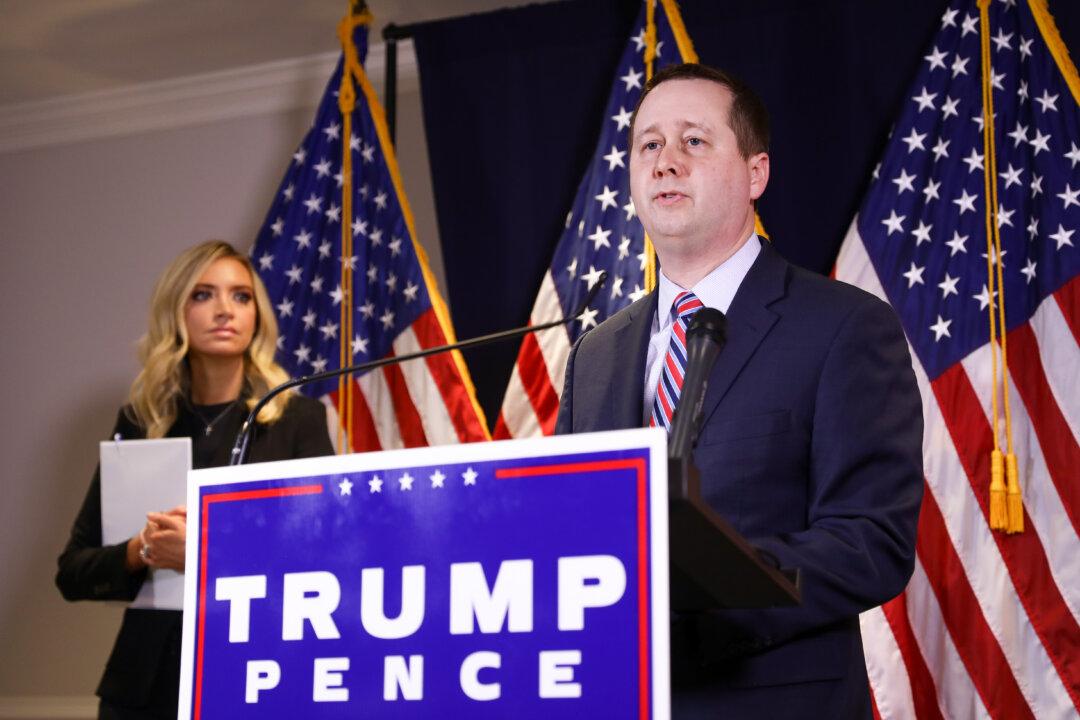WASHINGTON—It’s increasingly likely that the courts will decide the fate of Pennsylvania’s 20 electoral votes, and with that, nudge the eventual presidential winner across the finish line.
On Nov. 9, the Trump campaign filed a lawsuit against Pennsylvania Secretary of State Kathy Boockvar and seven county boards of election—Allegheny, Centre, Chester, Delaware, Philadelphia, Montgomery, and Northampton.





